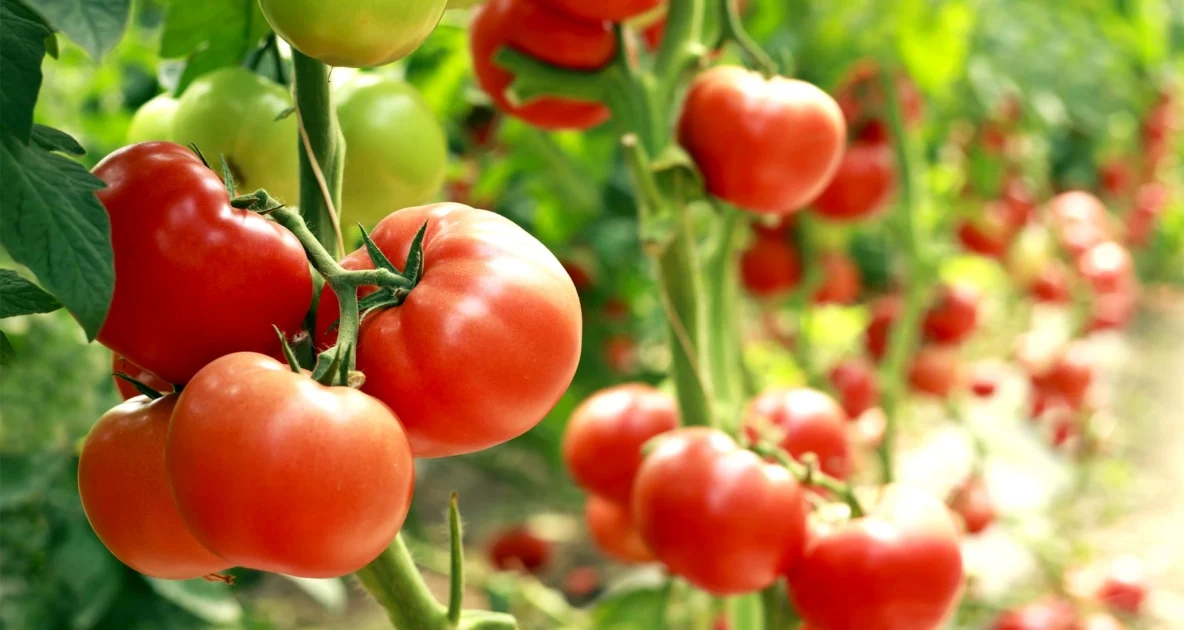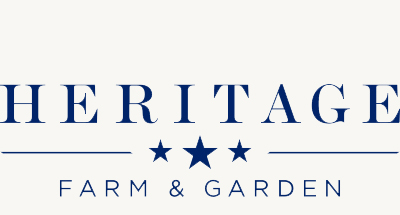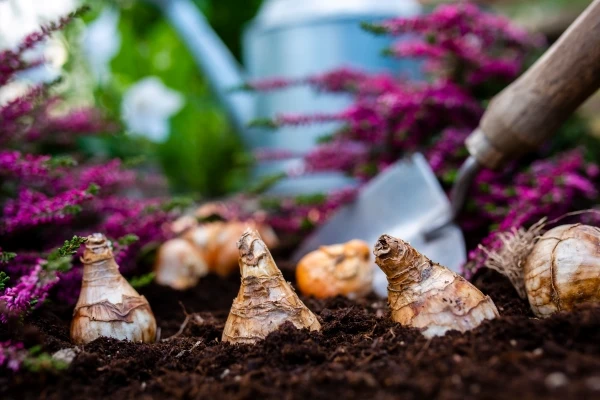
Tomato Talk
Finally, it’s time to buy tomatoes plants for the garden. Whether you’re a first-timer or seasoned tomato grower, do you wonder what the words and abbreviations mean on a tomato tag? If so, it’s time to clear up a few things.
“Heirloom or Hybrid”
what does this mean?
Heirloom tomatoes must be at least 50 years old; the seed is typically handed down from generation to generation. They are true to their own seed when grown year after year. Some consider heirlooms to be more flavorful than hybrid varieties. Fruit can be in unusual colors, textures, and shapes.
Hybrid tomatoes are the results of crossing the best qualities of two different tomatoes. Hybrids are thought to be more disease resistant, and picked fruit tends to last longer, providing better shelf life.
“Determinate or Indeterminate tomatoes”
what does this mean?
Determinate varieties: reach a certain height and stop growing. They flower, set fruit, and ripen around the same time. They are ideal for canning.
Indeterminate varieties: continue to grow and produce fruit all season long until frost. Harvest regularly to encourage more flowers, more fruit.
“Organic, non-GMO”
what does this mean?
The USDA organic logo is backed by a certification system that verifies growers/farmers are following the USDA Organic Regulations. Additionally, the use of GMO’s is prohibited in organic products.
“V, F on the label”
what does this mean?
V stands for Verticillium Wilt, a soil borne fungal disease. If you see V on the label that means it can offer some resistance to Verticillium.
F stands for Fusarium Wilt, also a soil borne fungal disease. If you see F on the label that means it can offer some resistance to Fusarium Wilt.
A word to the wise: Resistance does not mean immunity.
Tomato tidbits worth mentioning:
Sucker growth refers to the tiny shoots that appear between the trunk and a stem. Best to remove them when young as they do not flower or produce fruit.
Tomatoes need at least 6 hours of sunshine a day and soil that is moist, yet well-drained.
Stake or cage taller varieties at the time of planting, or soon after.
Fertilize according to package directions for rate and frequency.



